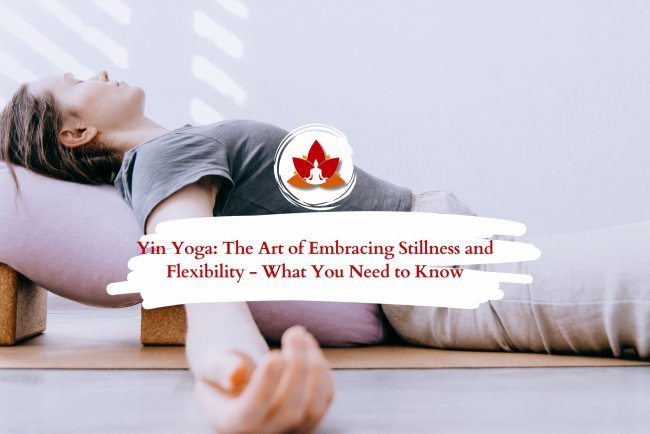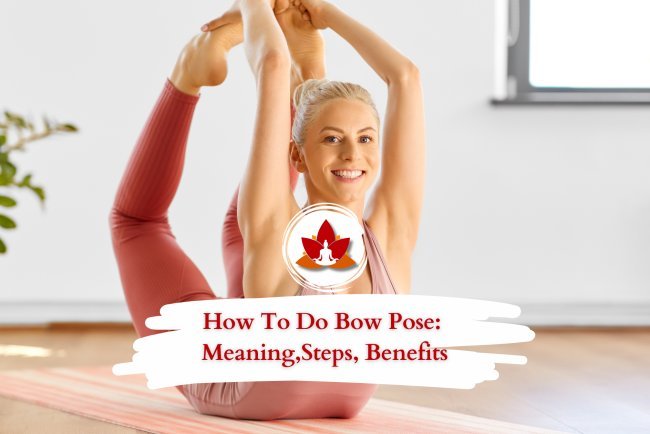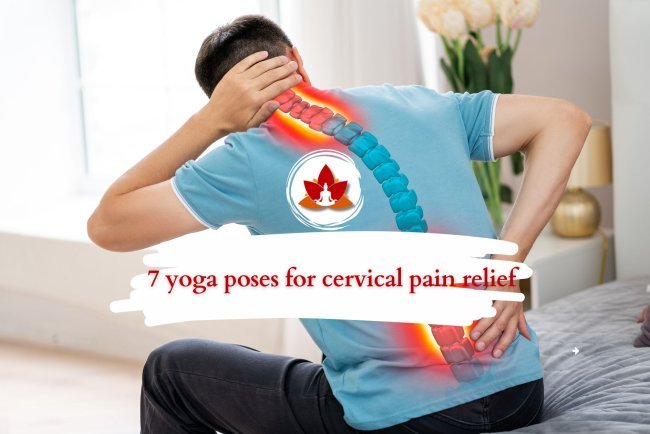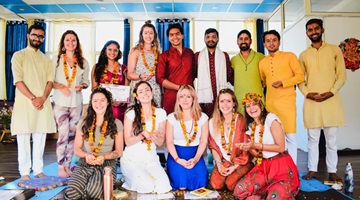How to do Paschimottanasana (Seated Forward Bend) & Steps, Precautions & Benefits.
Pashima = West (back side of body)
Uttana = Intense stretch
Learn how to master the Paschimottanasana (Seated Forward Bend) with our easy-to-follow guide! Discover the steps, precautions, and amazing benefits of this invigorating yoga pose. Start your yoga journey today!
What Is Paschimottanasana?
Stretching your legs in front of you, like a stick; holding the toes with both hands and placing the forehead on the knees while bending forward, is called paschimottanasana.
What Are the Steps of Paschimottanasana?
Performing Paschimottanasana is very easy if one knows how to perform it. One has to learn some preparatory stages to achieve the Paschimottanasana. The preparatory Poses are tested below. The steps to perform the bending forward pose are as follows: -
- Sit with the legs stretched out in front of the body, hands on the knees.
- Inhale while raising the hands above the head and keeping the backstraight.
- Catch the big toes or ankles with the hands and bring the head down to rest on the knees.
- Exhale while bending forward from the hips.
- keep the head between the shoulders so that the spinal column is stretched.
- If this is not possible, use yoga belt and stay in half way.
- The back should not curve or hunch.
- In the final position you can hold the breath or breathe normally.
- concentrating on the navel.
- When releasing the position inhale and raise the arms above the head while sitting up.
- Exhale while bringing the hands down to the knees
Beginner tips to do Paschimottanasana
- If you experience low back pain, use a bolster under your hips.
- If your hamstrings are tight, try use a rolled blanket under your knees to keep them bent, or bend the legs at the knee (see variation below).
- Be aware of your breath, Maintain the natural curves of the spine.
- Try to stretch rather than a strain.
- Allow your body to come closer to your knee incorporating with your breath.
- To create space for your chest or midsection, separate your legs slightly.
- Leaning forward even an inch creates a stretch along your entire back body. It also creates space to practice being still.
PHYSICAL AWEARNESS
STRETCH ON HAMSTRING, CALF AND BACK MUSCLES
BREATHING AWEARNESS
INHALE WHILE LENGTHEN, EXHALE WHILE BEND FORWORD
SPRITUAL AWEARNESS
ON SWADHISTHANA CHAKRA
Let’s align ourself
Don’t hurry to touch your head to the knee, it may be cause to misalign your body, lets breath properly with each exhale slowly move your belly down then chest down then forehead down. Stop, if you are rounding your back, sit down again, lift your chest and lengthen your back again.
Preparatory And Following Poses for The Seated Forward Bend or Paschimottanasana
When you are performing the asana early in the morning which is the best time one can perform Surya namaskar first to warm the body. This makes the body warm and flexible to some extent before you jump into the actual Paschimottanasana. If we speak about some other poses that can be performed before the Seated Forward Bend then they can be these:
- Uttanasana (Standing Forward Bend)
- Adho Mukha Svanasana (Downward-Facing Dog)
- Prasarita Padottanasana
These are also beneficial and add up to the body what it needs before you are performing Seated Forward Bend Pose. Next, after the pose is done one definitely should think about a good relaxation session because these advanced poses have a great impact on the body. Thus, following a Paschimottanasana with Bhujangasana can be one of the best things. Thus, following the Seated Forward Bend pose one can do this pose and end the day to get the best results. Preparatory And Following Poses for The Seated Forward Bend Pose or Paschimottanasana
Counter poses
- Purvottanasana (Reverse Plank Pose)
- Setu Bandha Sarvangasana (Bridge Pose)
Paschimottanasana has so many benefits, this pose is a wonderful pose to stretch your entire back body. This has so many benefits to talk about. If a person practices it religiously and regularly then the best results are achieved. This lets us
Benefits
see what are the benefits of the Seated Forward Bend pose and what are the problems that we can get rid of if we practice this pose.
Paschimottanasana is the best among asanas. By this asana the pranic currents rise through sushumna, the digestive fire increases, the abdomen becomes flat, and the practitioner becomes free from diseases.
Paschimottanasana activates manipura chakra and releases the prana through sushumna, which in turn strengthens the digestive organs and tract. Of course, this does not happen after practicing only once or twice; practice has to be on a regular daily basis. Paschimottanasana stretches the whole spinal column and central nervous system through which sushumna runs, thus enabling nervous and pranic impulses to pass directly up to the higher centres.
The back, shoulder, arm and leg muscles are toned by stretching them in a relaxed manner without straining. The visceral organs are massaged,
in particular the pancreas, spleen, kidney, liver, reproductive organs, the adrenal glands and abdominal muscles. Therefore, it is very useful in the yogic management of digestive disorders, especially diabetes,
constipation, flatulence, and loss of appetite. The reproductive organs are toned and sexual disorders can be relieved. Women can utilize this asana to regulate the menstrual cycle.
Paschimottanasana, particularly the dynamic form, helps remove excess fat deposits from the abdomen and thighs. When there is a lot of
tension in the body and mind, paschimottanasana helps remove it by regulating the adrenal glands and the whole system. In fact, the numerous effects promote health and harmony.
Precautions
- Don’t curve or hunch your back while doing bend Forword pose.
- Avoid if you have spinel injury like slipped disc, sciatica
- Avoid if you have a
- Do not force yourself if you have tight back muscles and tight hamstrings.
- Do not breathe too fast or too slow while doing this asana
- Absolutely no for pregnant women
- No for children under 7
- People who have glaucoma and high blood pressure must avoid this yoga pose
What's Your Reaction?


























